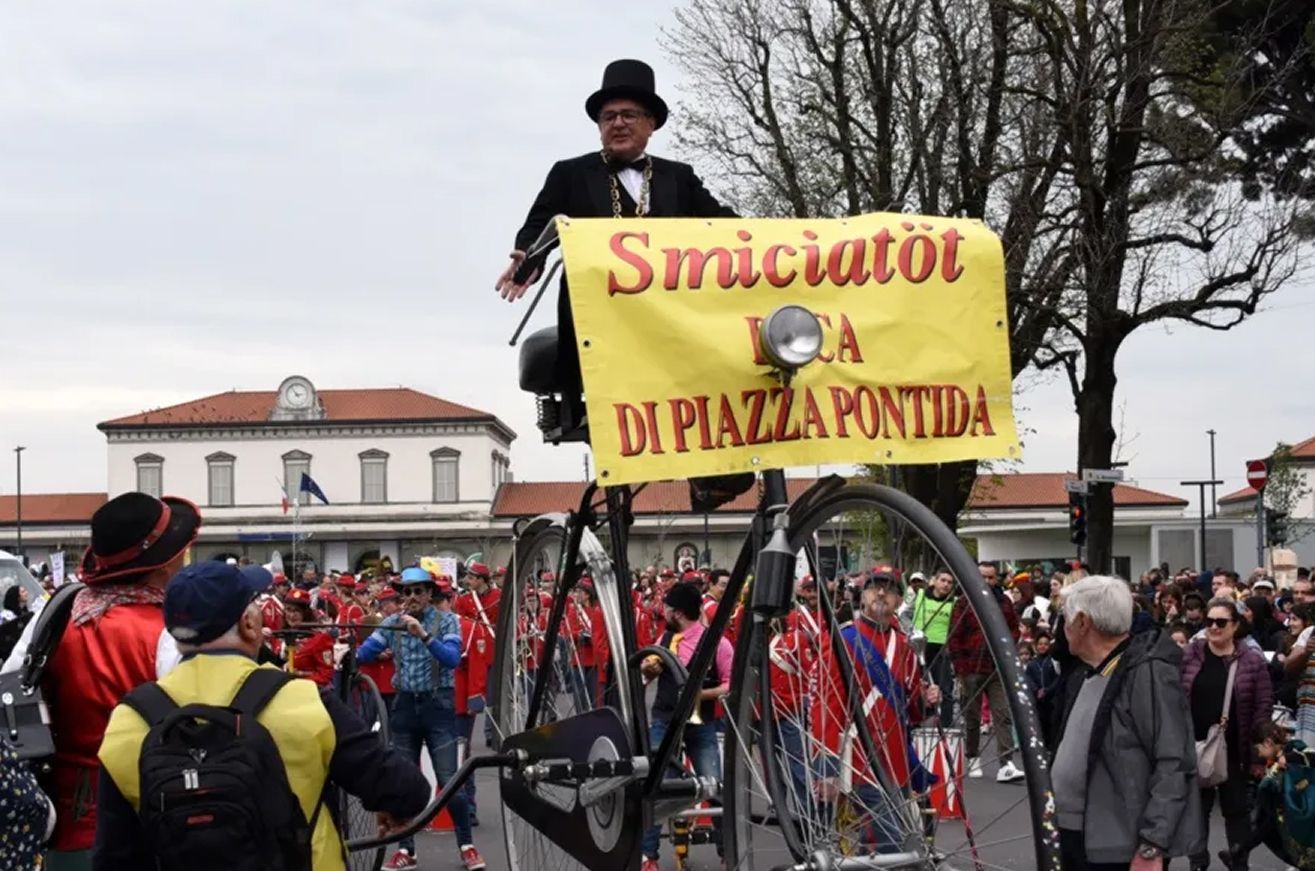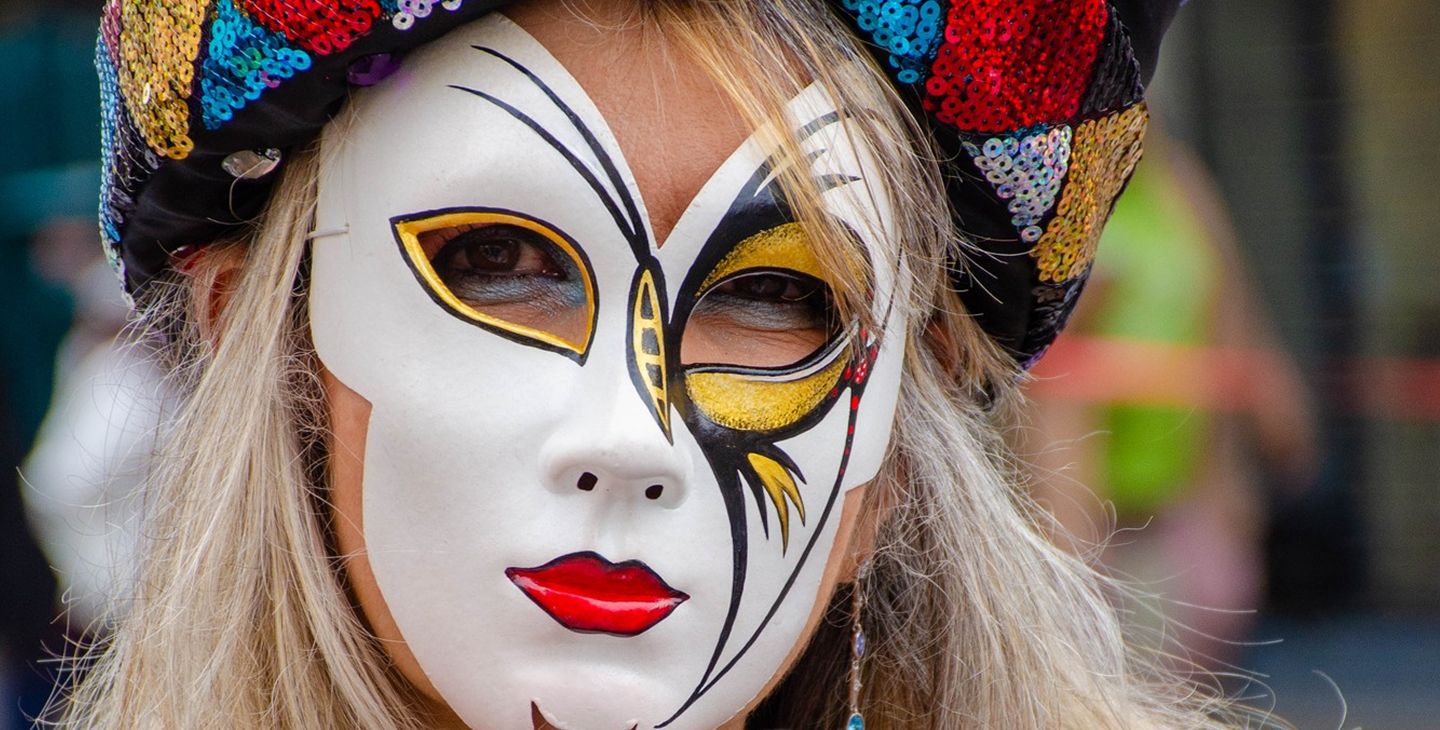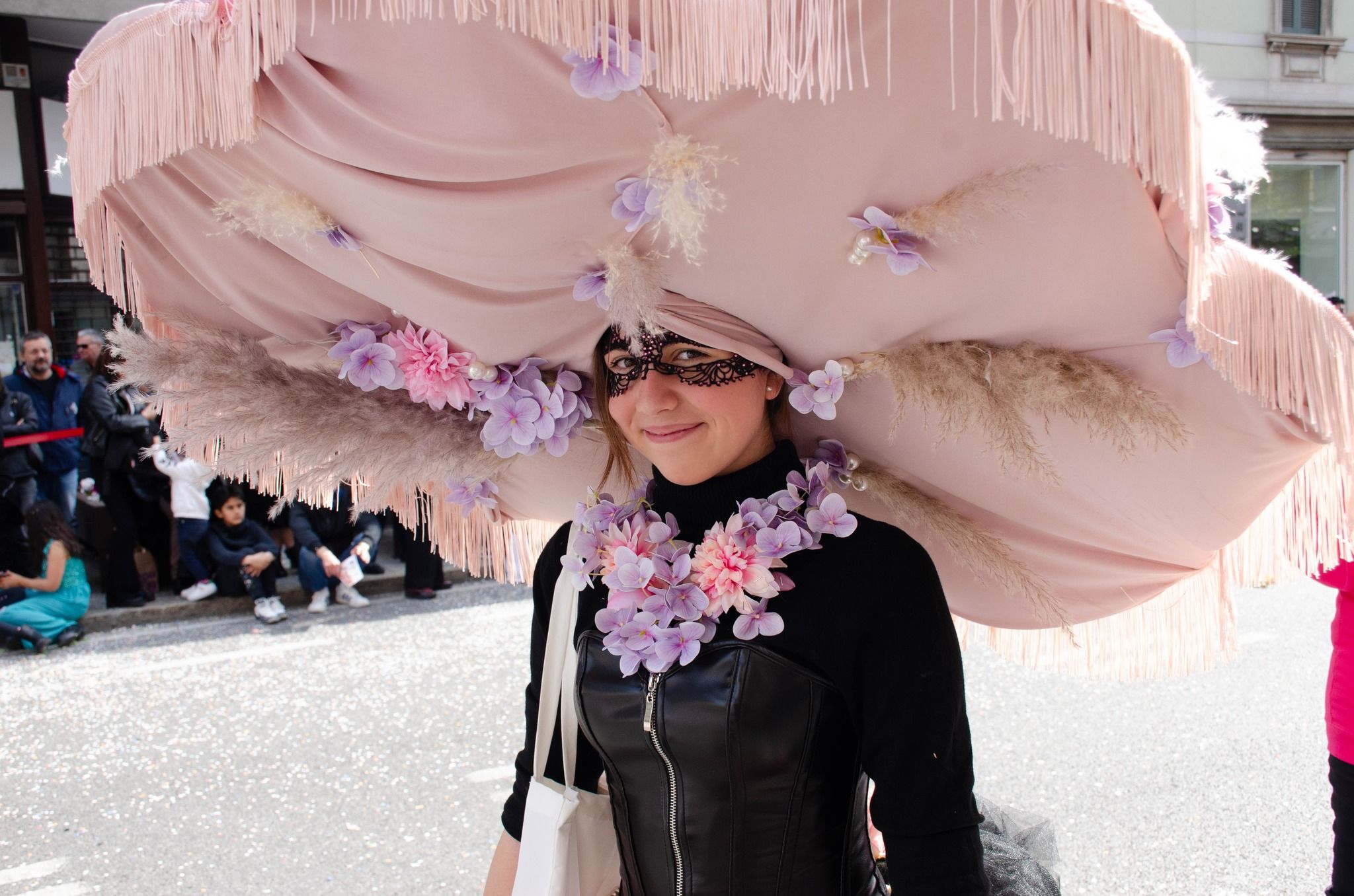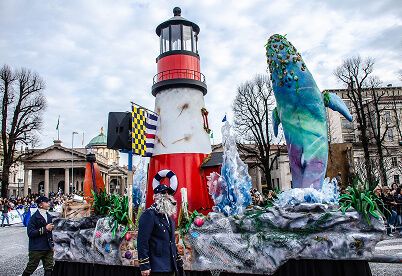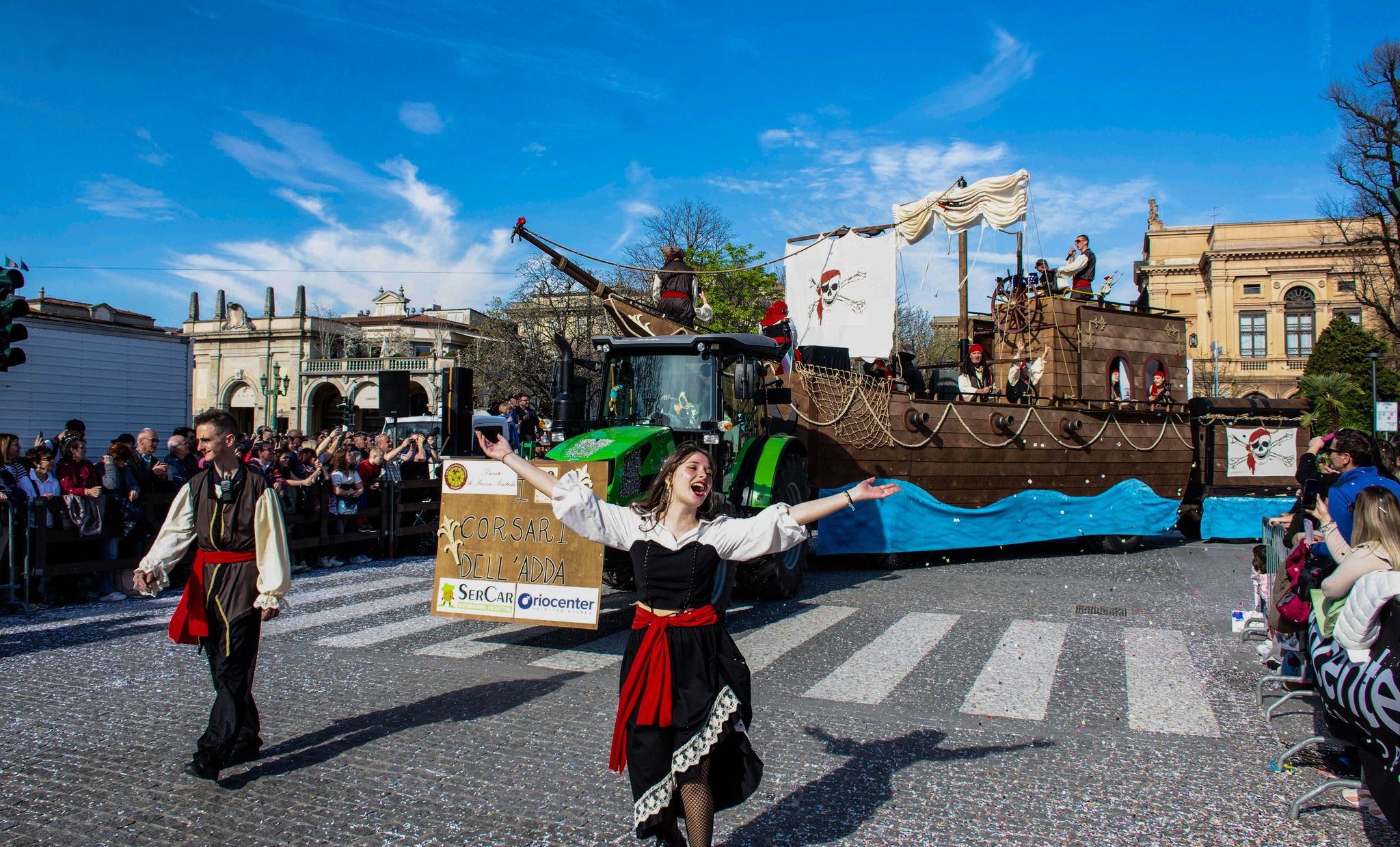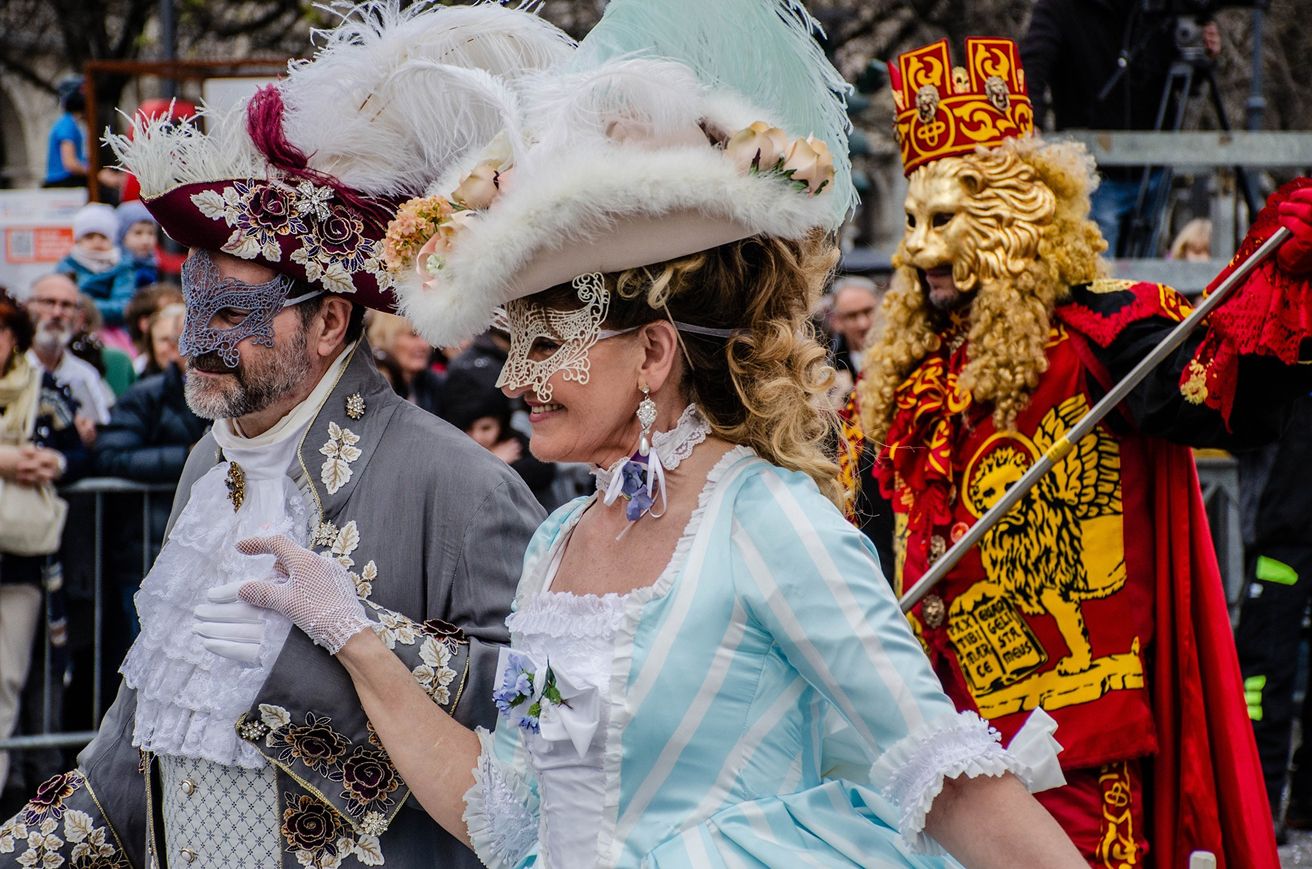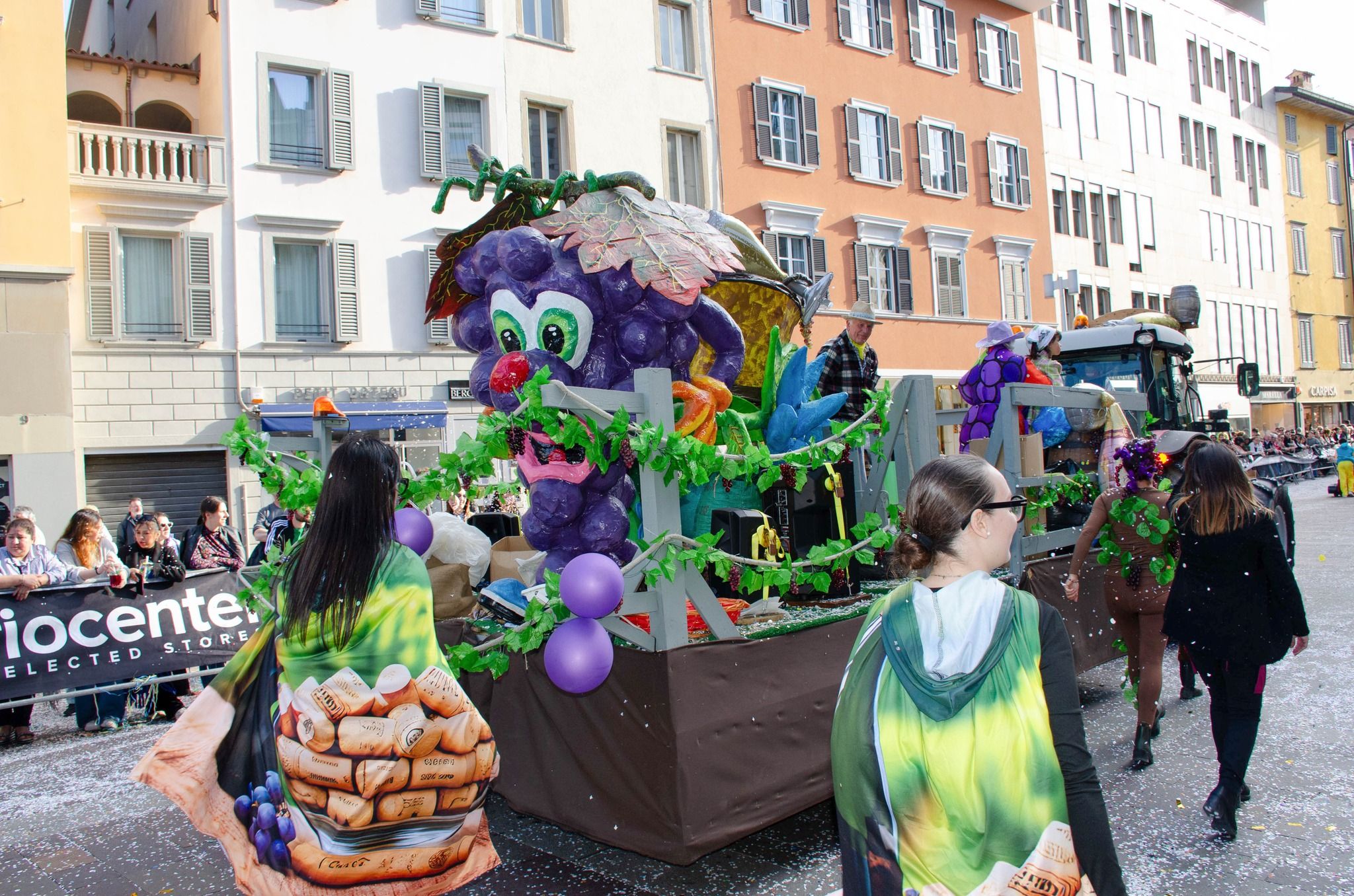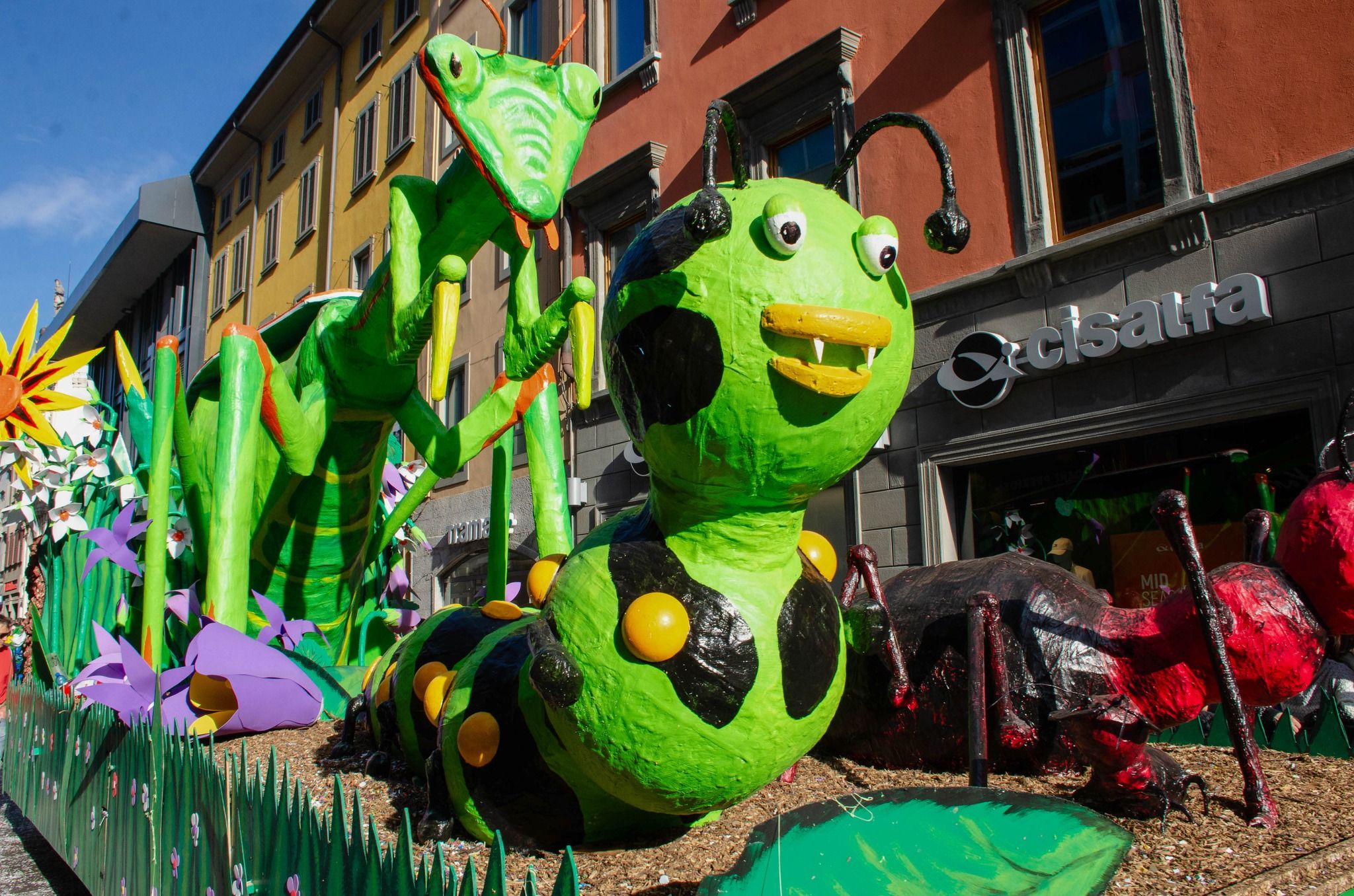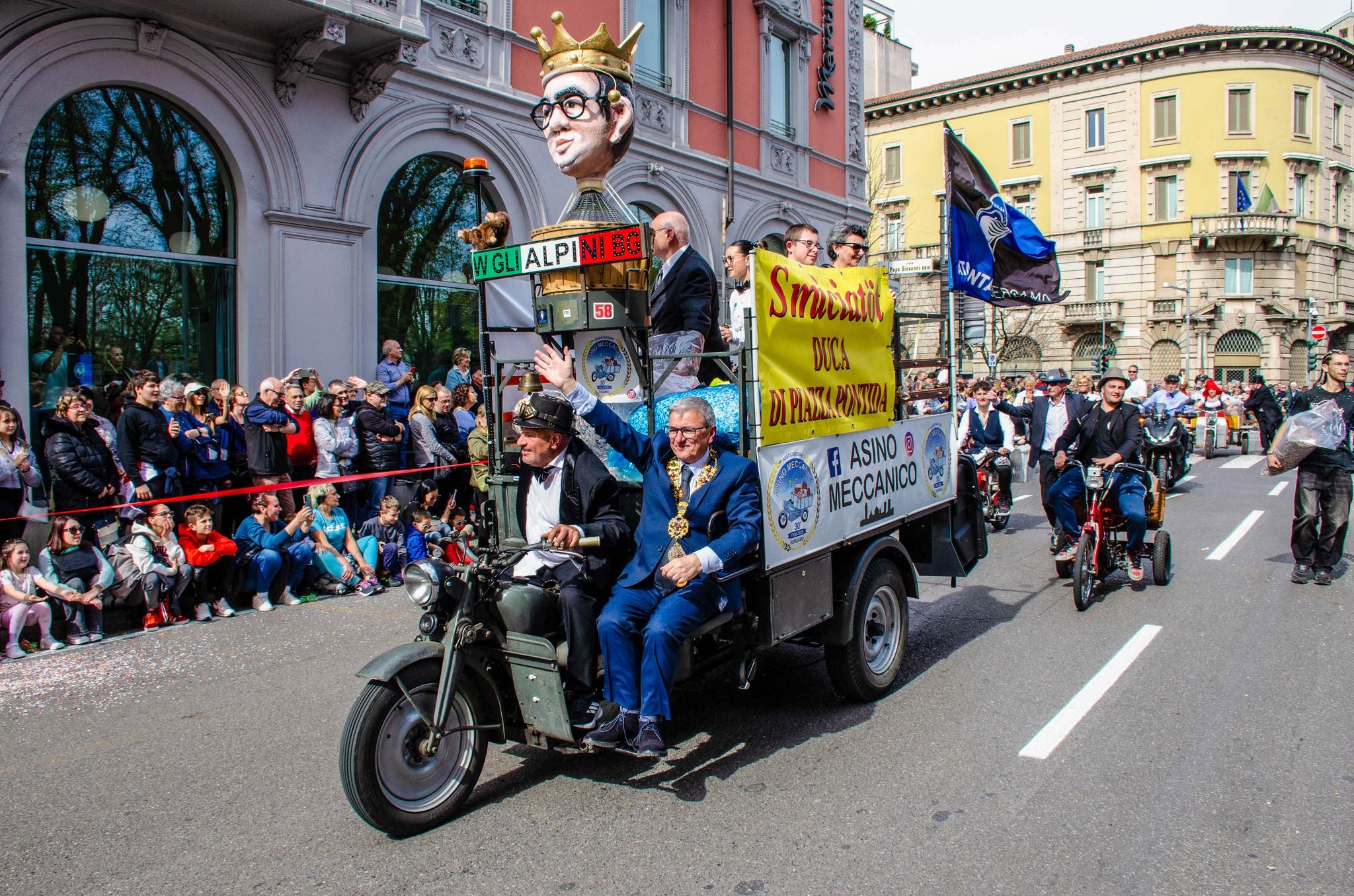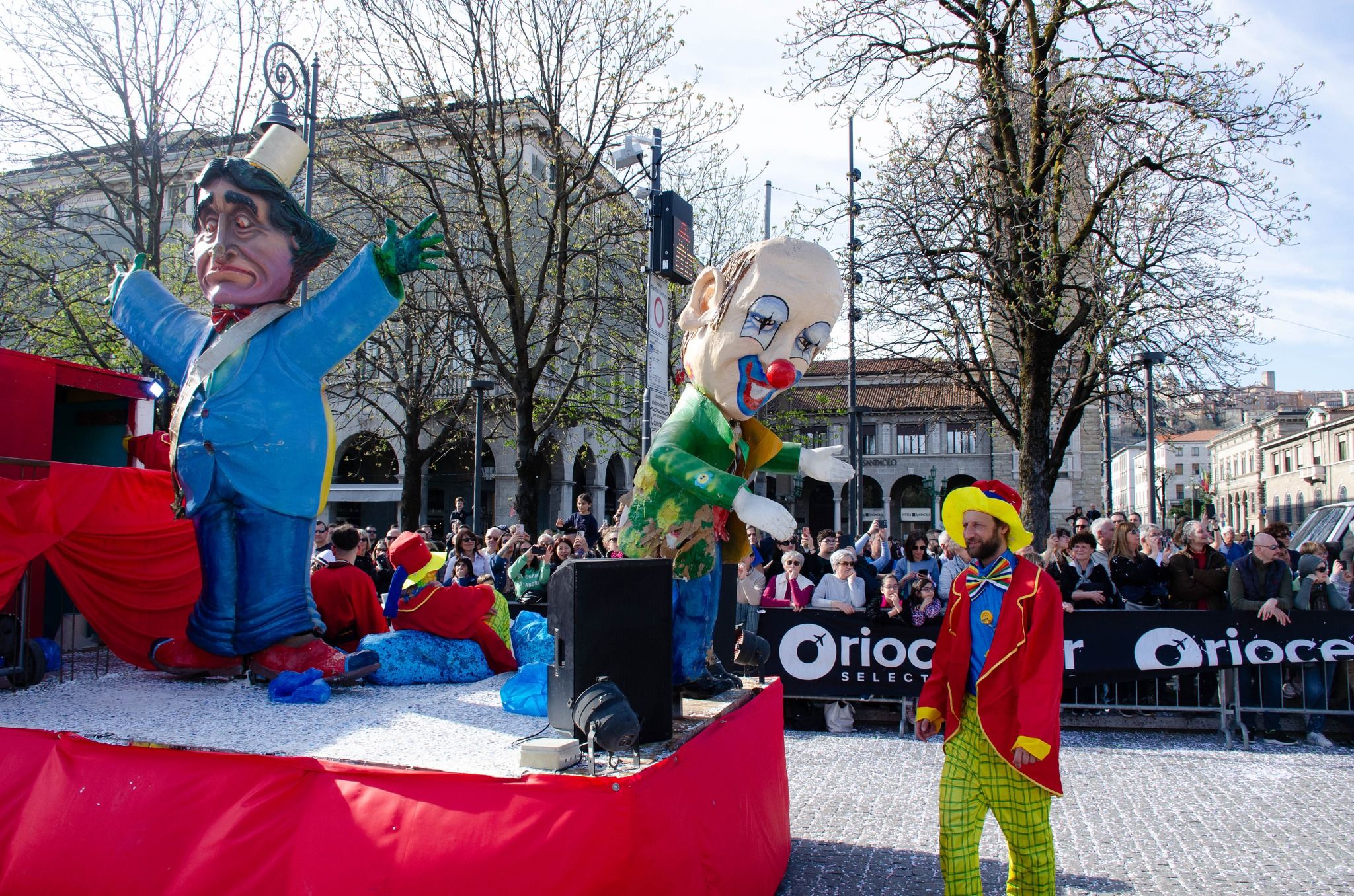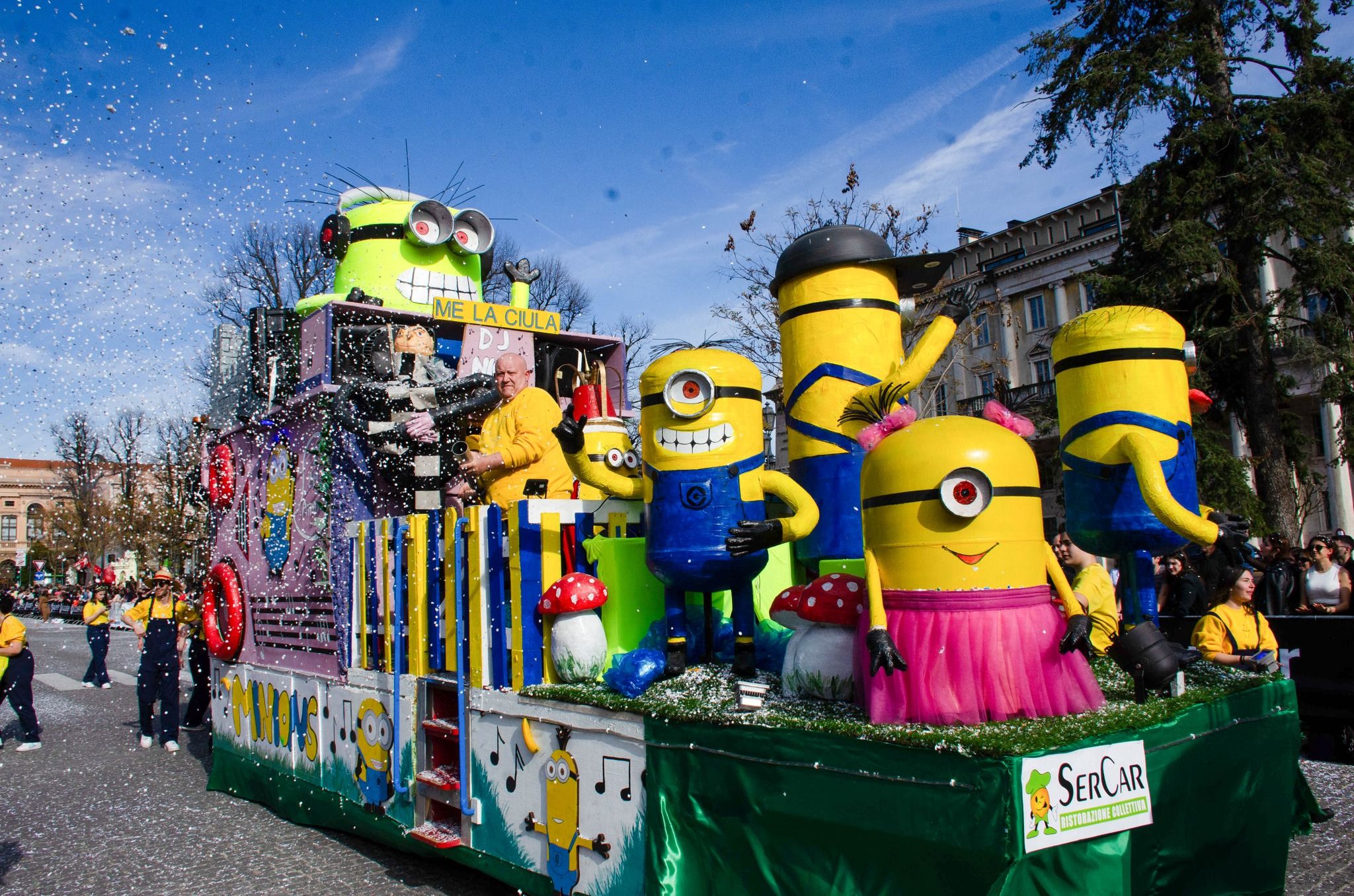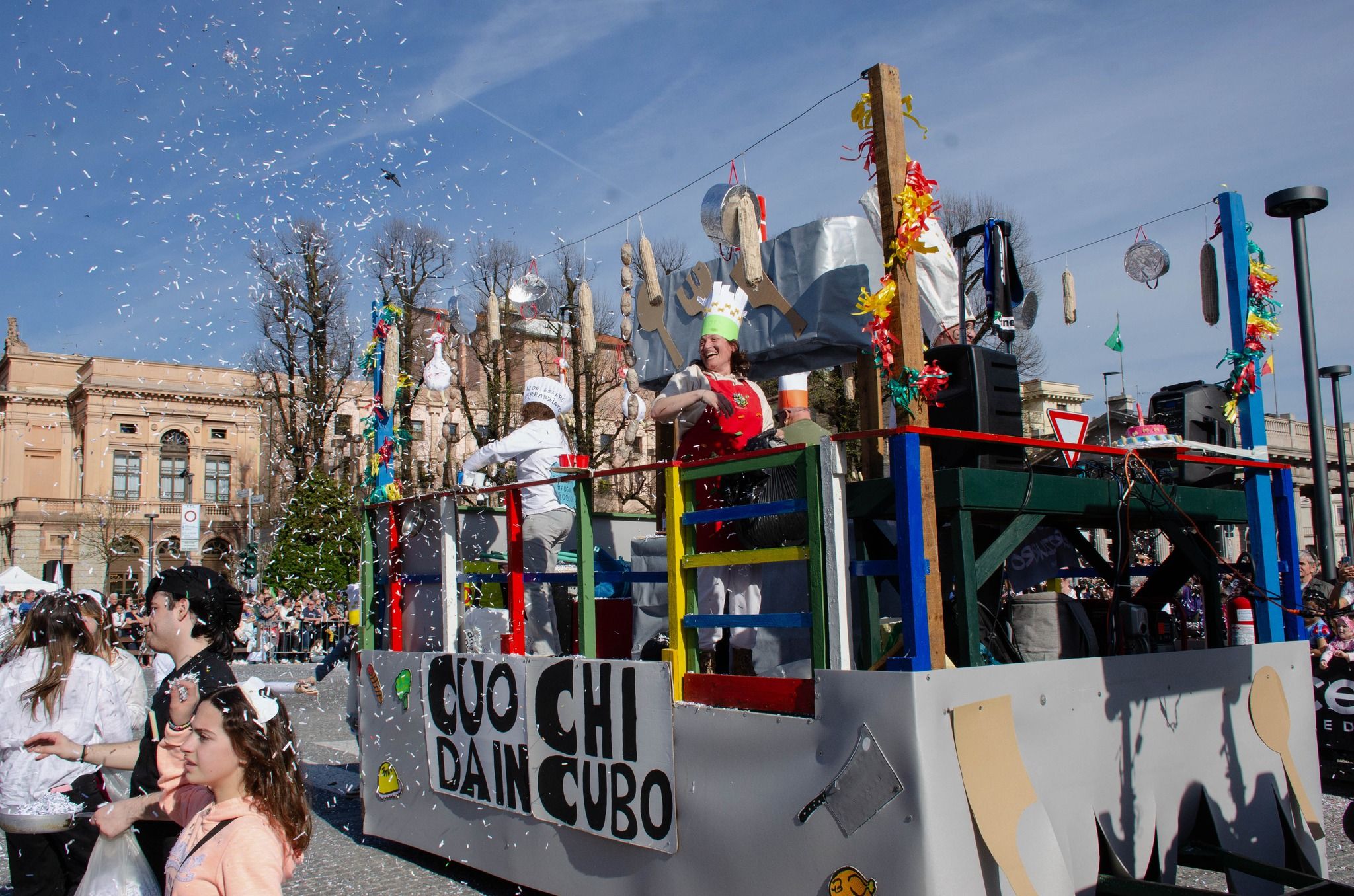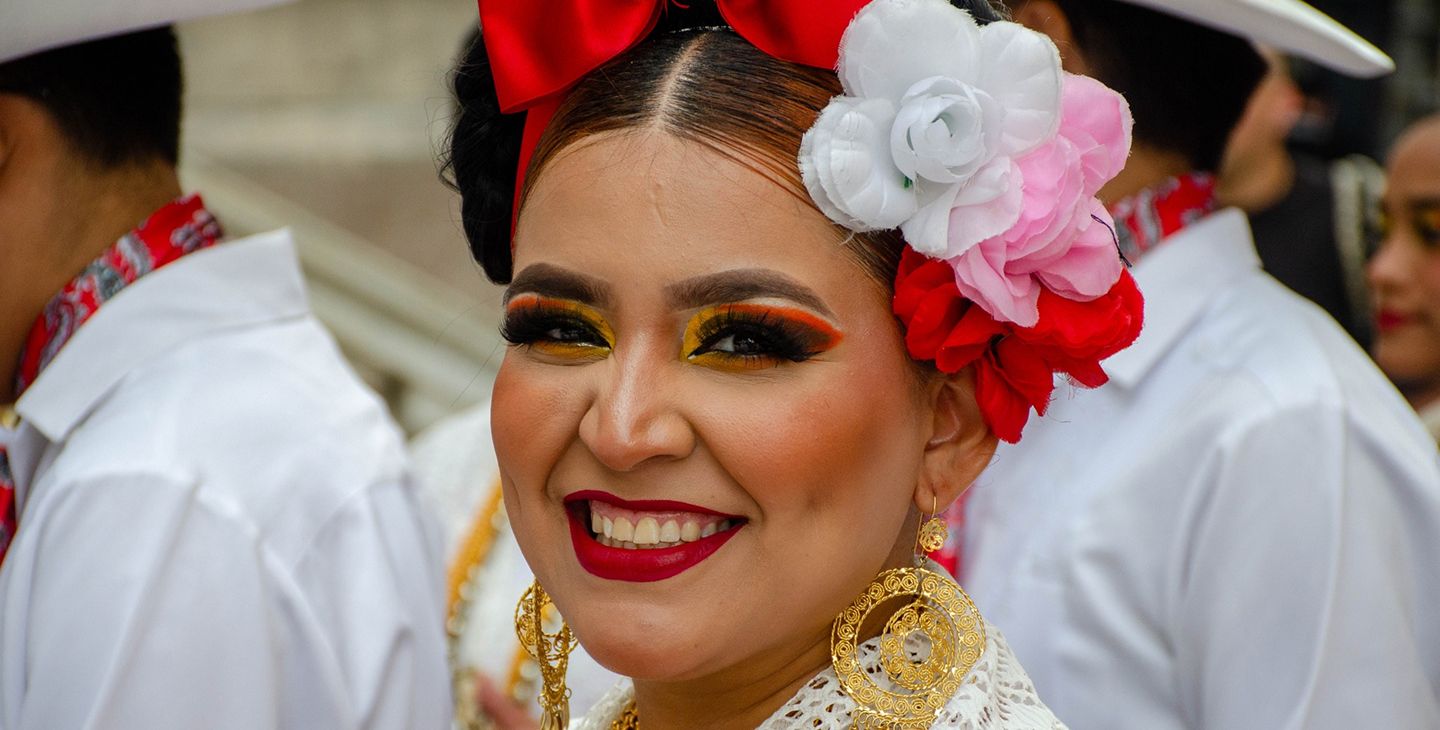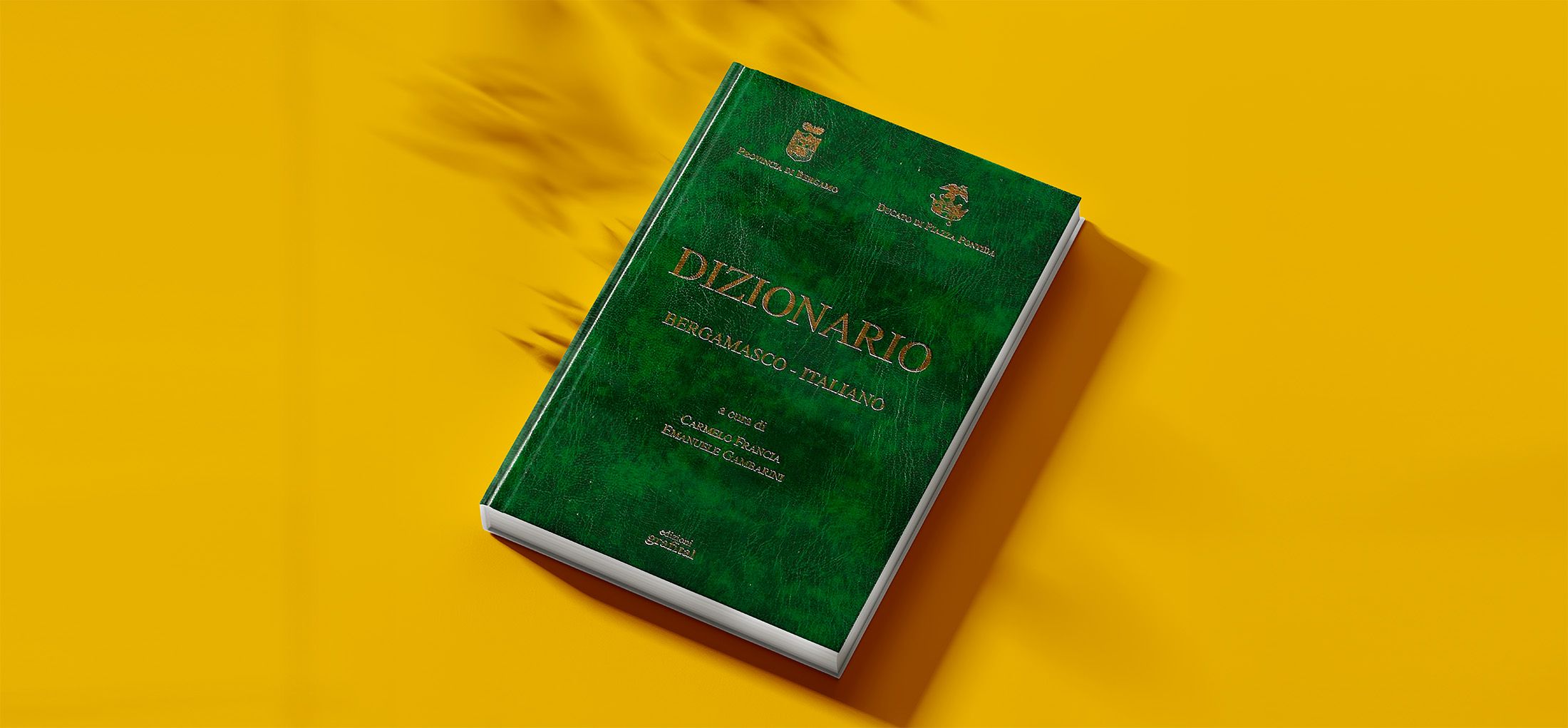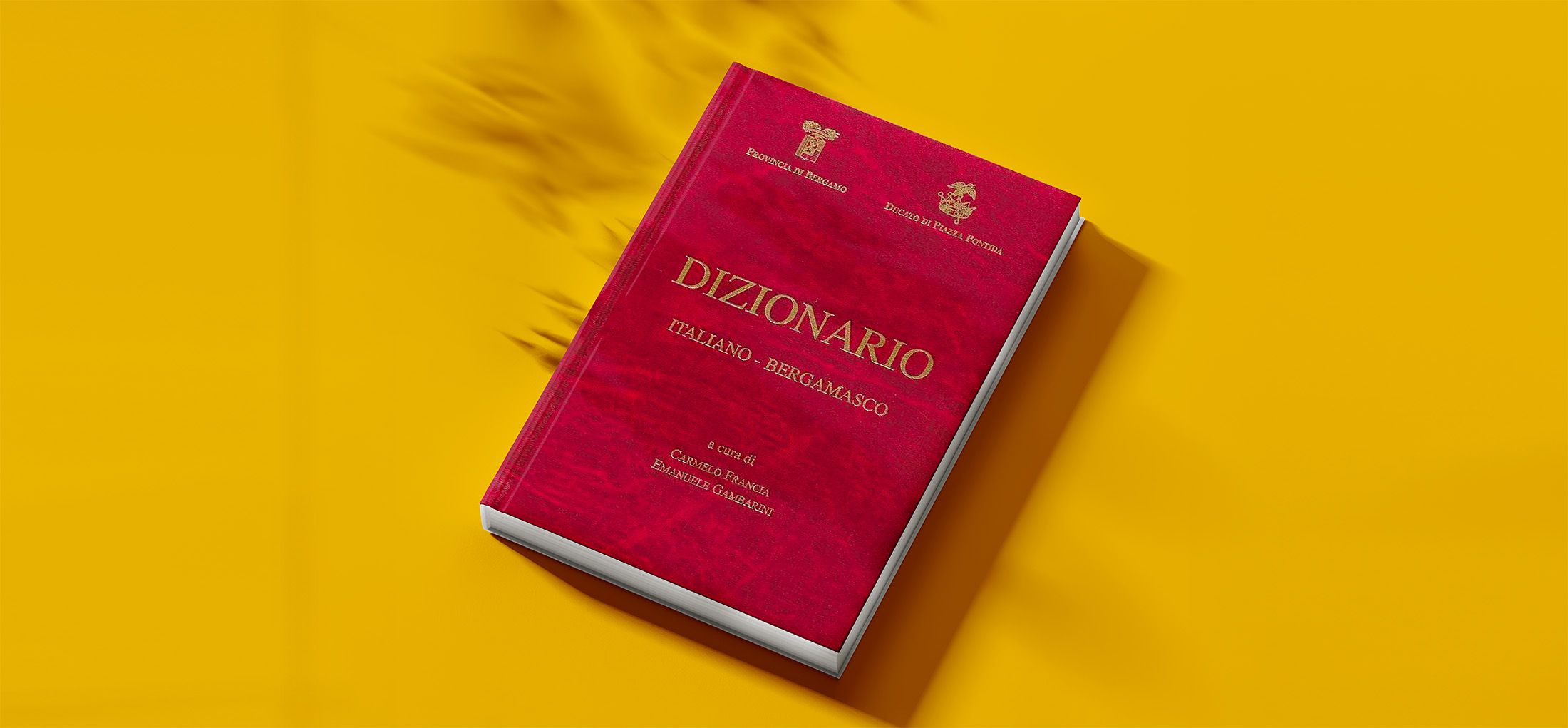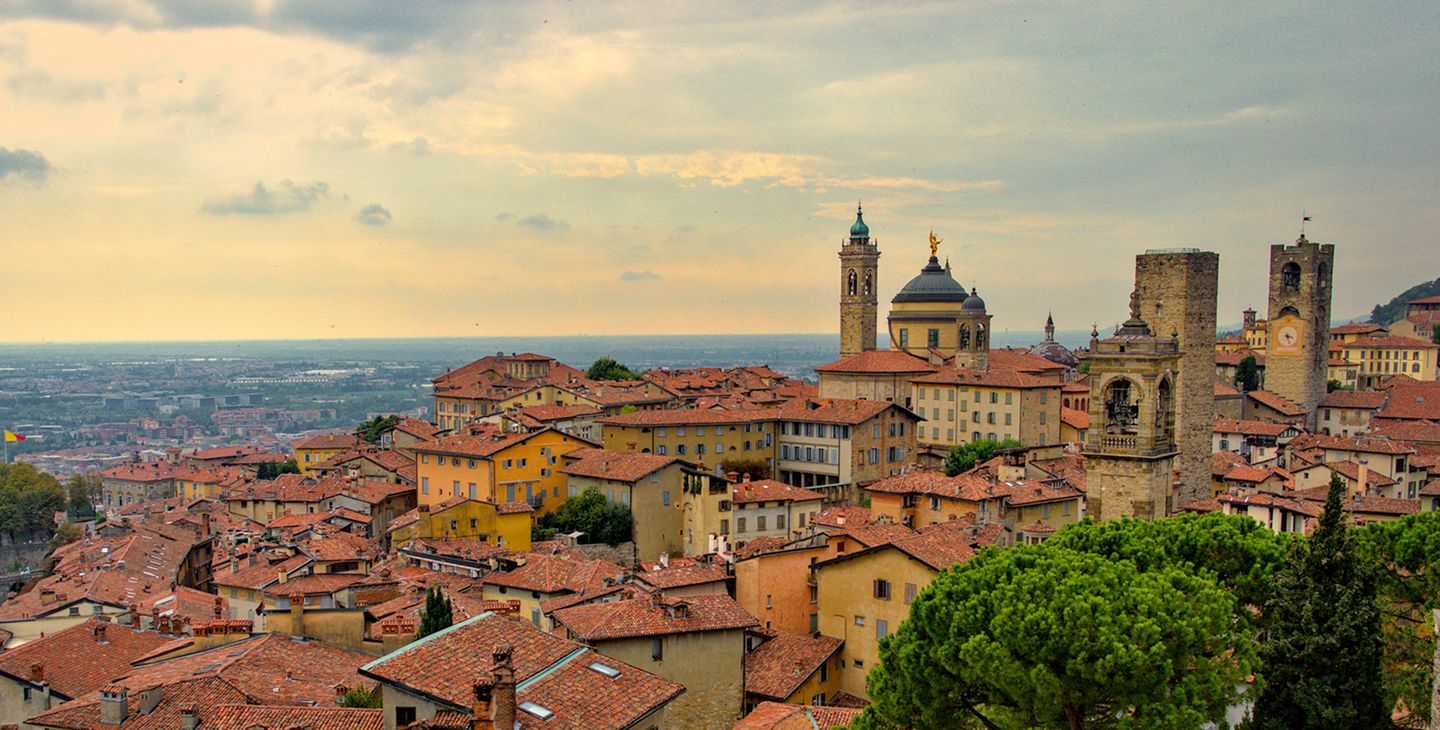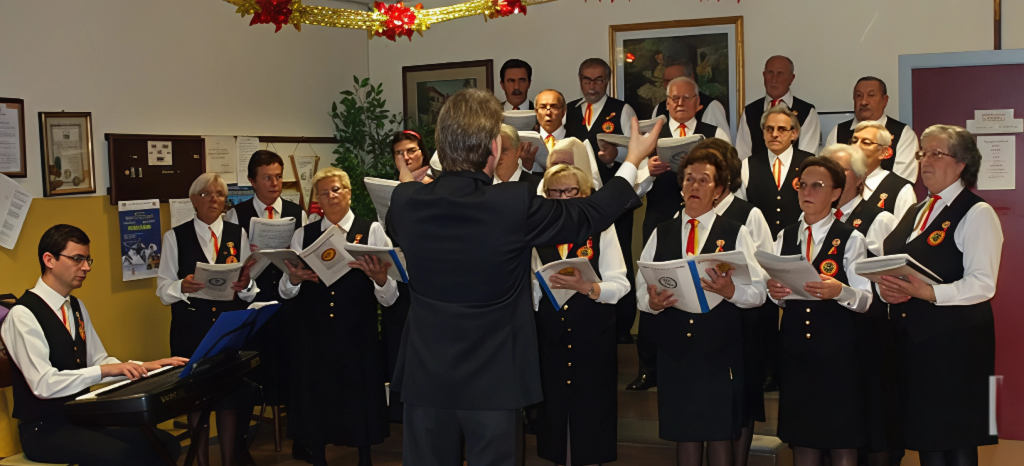Culture and Traditions
Mezza Quaresima Announcements
Bergamasque Tradition
One of the largest historic carnivals in all of Italy
The Mid-Lent Festival
What is the Mid-Lent Festival? It is Bergamo’s Carnival par excellence, a celebration that has earned a place of honor among the greatest and oldest historical carnivals in Italy. The renowned Mid-Lent Parade, organized and promoted by the Ducato di Piazza Pontida, has been an unmissable event for the city for over a century: a tradition capable of bringing together generations, proudly passing on the playful and popular spirit of Bergamo.
But the Mid-Lent Festival is not just a masked parade: it is a celebration that tells the story of Bergamo’s soul, weaving together culture, traditions, folklore, and historical memory. Each edition brings with it the vibrancy of masks, the joy of allegorical floats, the active participation of the community, and the warm hospitality that has always distinguished Bergamo, turning the city streets into a stage of colors and identity.
Video of the Mid-Lent Parade 2025 | Courtesy of - Bergamo TV
Proudly and passionately promoted by the Ducato di Piazza Pontida, the Mezza Quaresima Parade is one of Bergamo’s most beloved and significant events. Every year, the city comes alive with celebration thanks to a spectacular display of allegorical floats, masks, music, and creativity that transform the streets into a unique stage, full of tradition and liveliness. It is here, in Bergamo, that two of the world’s most famous masks were born: Brighella and his inseparable companion Arlecchino, who, with his colorful costume, has become an enduring Carnival icon and a universal symbol of joy and carefree spirit.
The History of Mezza Quaresima
One of the cornerstones of Bergamo’s popular tradition is the Mezza Quaresima Parade. Historically held on the fourth Sunday of Lent, it fills the center of Bergamo with allegorical floats, traditional masks, and a lively procession of colors, music, joy, and folklore.
With its centuries-old roots, in past decades the Parade represented a moment of respite from religious strictness and the hardships of daily life, breaking the austerity of the Lenten period with a celebration of sharing and lightheartedness. Today, Mezza Quaresima has lost its strictly religious connotation, but it retains its charm: an event that unites culture and tradition, capable of spreading unique enthusiasm throughout the city. Its historical importance and the strong sense of belonging it conveys make the Mezza Quaresima Parade a source of pride for the Bergamo community—a symbol of identity that continues to live on and evolve alongside the city.
The Rasgàment de la Égia
The Mezza Quaresima Parade also carries a tradition that is not only a joyful and playful moment but also a strong expression of Bergamo’s folklore: a procession of allegorical floats and dancing groups that parade through the city center along the traditional route from the train station to Piazza Pontida, one of Bergamo’s oldest squares and home to the event’s organizer, the Ducato di Piazza Pontida.
At the end of the parade, another centuries-old tradition takes place: the Rasgàment de la Égia. The Égia represents all the negativities of the past year, and after a day full of celebrations, she is condemned to the flames. A puppet depicting an old, ugly woman is burned in the square: the bonfire is a striking spectacle, in which the figure of the old woman—symbolizing public misfortune—is consumed by the flames, symbolically purging all the negativity sown throughout the year.
The Mezza Quaresima is a tradition that has been passed down through the centuries and is among the oldest in lower Bergamo, the heart of the city’s popular life. Its centerpiece is the famous Rasgamènt de la Ègia, or the “tearing apart” of the city’s ugliness: a puppet embodying the year’s inconveniences, malfunctioning services, or inefficient institutions is sawed in public and then burned. A symbolic and cathartic ritual, which—mixing irony and merriment—has always represented the community’s desire to free itself from difficulties, renew, and look to the future with hope.
The Duke Opens the Dance with Three Cannon Shots
The grand master of the celebration is the Duke of Piazza Pontida, a symbolic figure embodying the tradition and playful spirit of the association. He officially opens the grand parade, leading the procession with his authoritative presence and awarding the best allegorical floats at the end.
Making the inaugural moment even more striking are the three cannon shots that echo from the historic Walls of Bergamo: a strong and unmistakable signal announcing the start of the festivities and igniting the enthusiasm of thousands of people. A ritual that combines history, folklore, and spectacle, making Mezza Quaresima a unique event to experience and impossible to miss.
